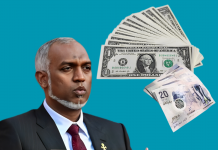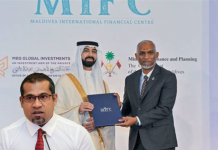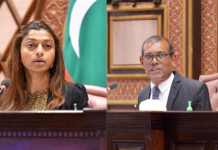Since the launch of China’s Belt and Road Initiative (BRI) in 2013, President Xi Jinping has portrayed the program as having major long-term benefits to recipient countries. In practice, the BRI has severe consequences, pummeling participating countries into debts impossible to pay back. Receiving countries are susceptible to China’s undue influence, where they bow to the wishes of Beijing. BRI is in effect is ‘Neo-Colonization,’ and is ever growing, with significant investments in Africa, Asia, and Latin America.
The BRI consists of various projects in developing countries financed by Chinese loans and executed by Chinese government owned entities. The loans are administered at inflated amounts and market rates, compared to those of global institutions that are below market rates. BRI projects entail significant use of Chinese materials and personnel and usually involve the development of infrastructure such as roads, railway systems, seaports and airports. A significant amount of cargo being transported along the railway lines financed and built by China include natural resources intended to boost economic activities for China’s industrial sector.
Africa has become an important part of China’s BRI, with African countries having the highest amount of debt owed to China in terms of Debt to GDP ratio. These loans are usually accepted by the receiving governments under no duress. However, the loans come with strings attached, and the Chinese government is able to gain access to important natural resources, military base sites, seaports and other areas of significance.
“China uses bribes, opaque agreements and the strategic use of debt to hold states in Africa captive to Beijing’s wishes and demands,” former National Security Council Adviser John Bolton.
In response to excessive borrowing from Kenya, the Chinese signed a deal requiring Kenya forfeit its sovereignty with regards to its assets and natural resources.
BRIs “debt-trap diplomacy” has also enabled China to expand its global military presence in various key regions. In east Africa, China has constructed a military base in Djibouti, a BRI debtor. As of 2017, Djibouti’s debt owed to China was about 90 percent of it’s GDP; it is a country that is at a high risk of defaulting on its debt. In Pakistan, where China has constructed a seaport in Gwadar, these seaports allow China to expand its commercial maritime reach as well as control over strategic shipping routes – especially those well known for piracy – around the Suez Canal and the Bab al-Mandab Strait.
Though the Chinese government maintains that the seaports merely facilitate commercial activity, there have been reported sightings of increased Chinese naval equipment and personnel at various seaports controlled by China. These ports double as military bases and have been sighted in countries such as Pakistan, Djibouti, Greece, Seychelles and Sri Lanka. It was reported that the Chinese navy conducted “live fire exercises” at its base in Djibouti, which they have refrained from categorizing as a military outpost but “support facilities or logistical facilities”.
In Africa, the BRI brings with it an influx of Chinese government owned organizations, which has proven to be a problem for African workers and business owners.
“It’s an apartheid system…with the Chinese at the top, then the whites, then the blacks, and at the very bottom are the Kenyans…We have to let the Chinese go first in the restrooms and we’re only allowed to eat in the cafeteria after 1 p.m., after they have eaten. They treat us like their inferiors,” anonymous employee of the Chinese government owned Chinese Global Television network (CGTN) in Kenya.
In an interview with Frank Gaffney, retired Brigadier General Robert Spalding reiterated the unfair Chinese activities in saying, “The classic business model that the Chinese government pursues is to basically line the pockets of elites in the countries in which they operate, provide jobs for their own people and ensure that the people of the countries within which they’re operating don’t have jobs.”
Though the overwhelming problems of the BRI are clear, many third-world countries remain inclined to borrow from China due to the longer terms of loans and grace periods, which could reach 20 years and 7 years respectively in some instances and the increasing use of lower interest rates which could help reduce the risk of debt default.
News Source - China’s Belt and Road Mirrors a Neo-colonization Campaign


















